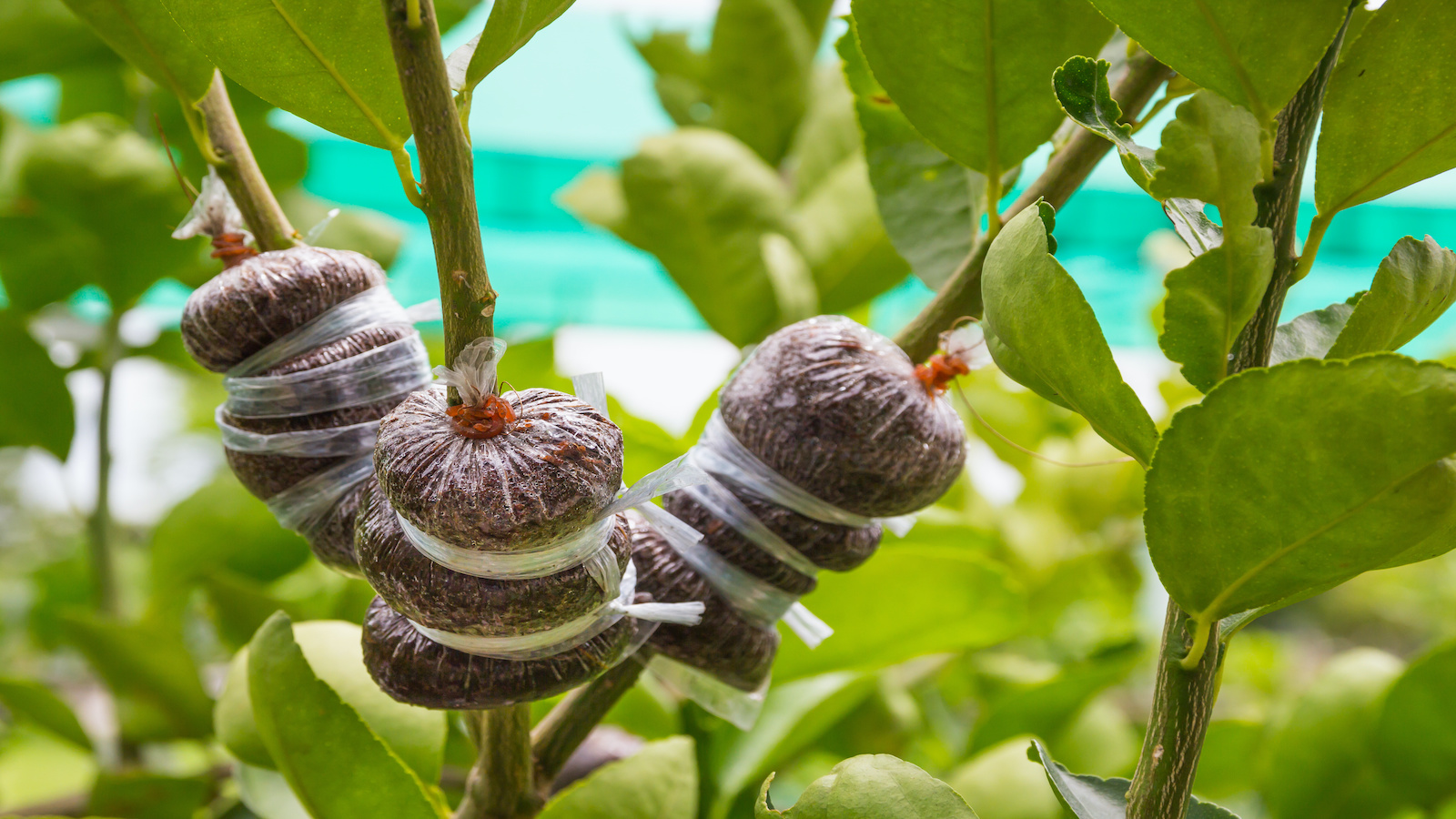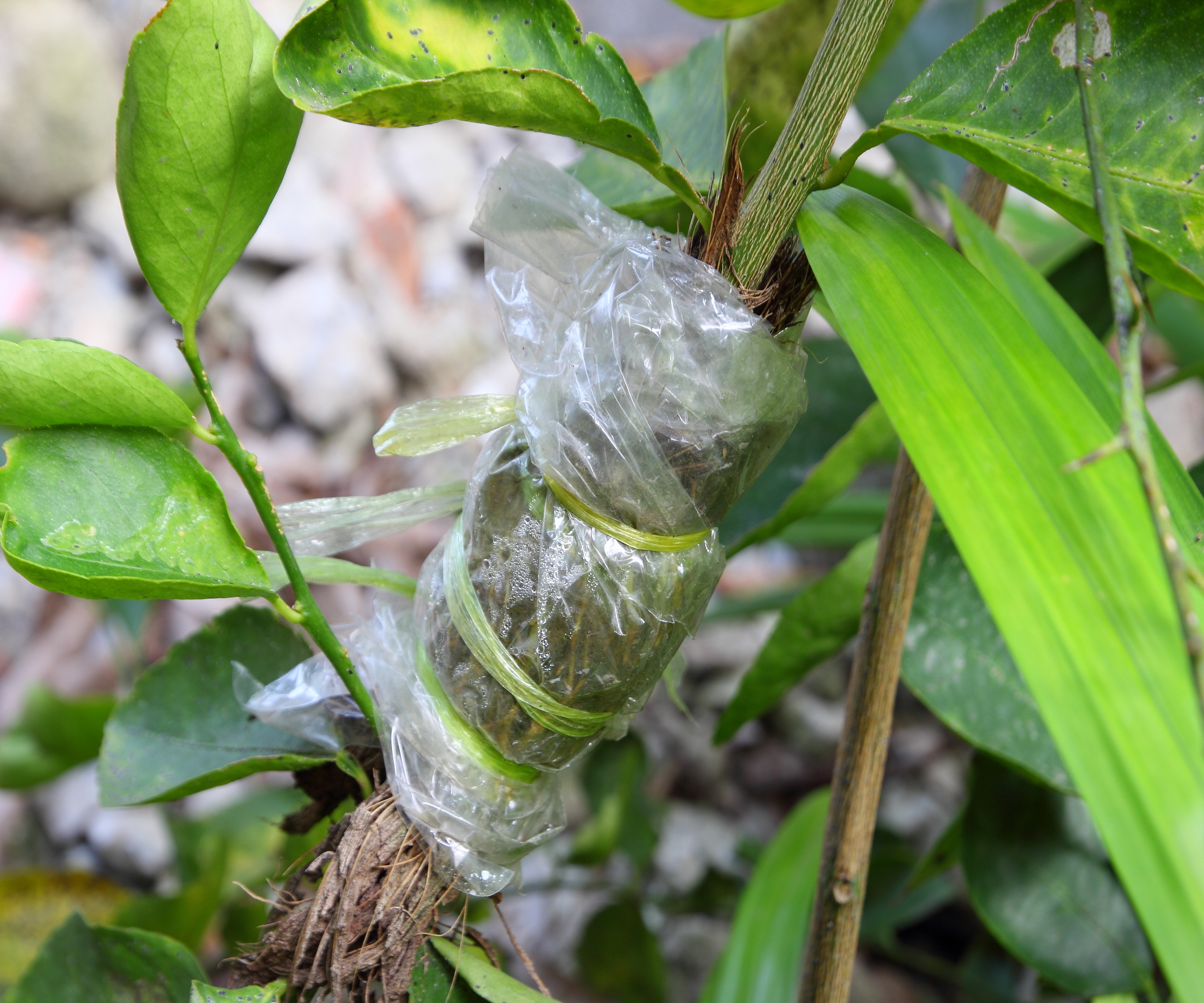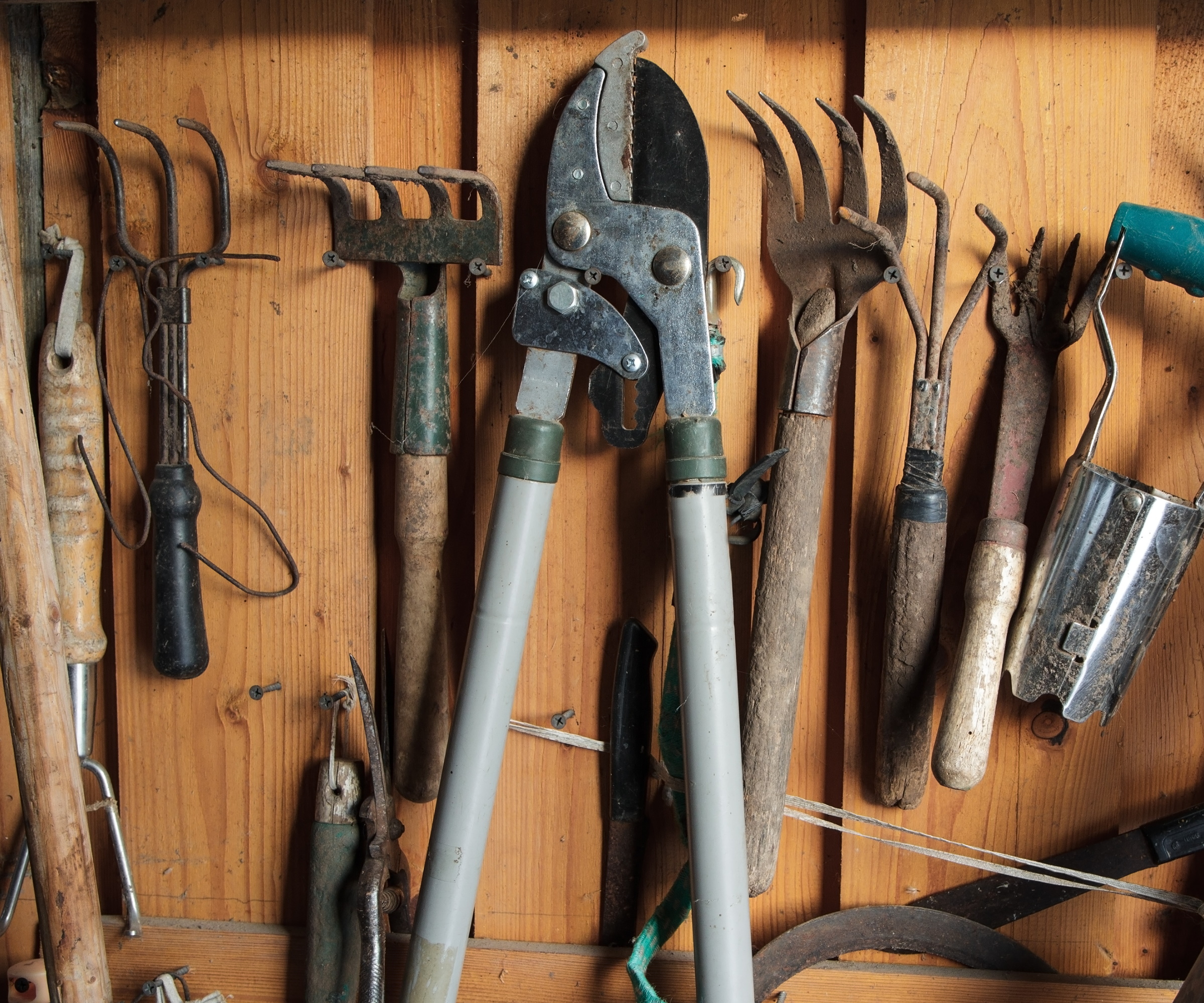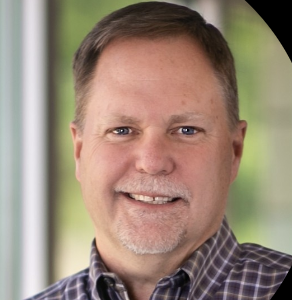What is air layering propagation? Expert advice on how to do it, plus the mistakes to avoid
This alternative method of cloning plants has the key to successful root growing in the bag


The conventional ways to propagate and create new plant life are to either take cuttings, divide plants, or collect seeds from your existing collection.
But these methods don't suit all greenery, which is why when looking closely at a magnolia, rhododendron or apple tree, you might see a mysterious bag-like appendage attached high up on the trunk or to a thick branch. This is air layering propagation at work, where the mature tree or plant is cloned from a stem that is still attached to it.
Our experts reveal how it works, what you’ll need to do if you want to try it, and how to avoid the problems that can threaten successful propagation.
What is air layering propagation?

‘This technique for cultivating plants enables gardeners to stimulate root growth on a stem while it’s still connected to the parent plant,’ explains Jennifer Cassels, president of The Blissful Place. ‘This involves cutting away a portion of the bark from a healthy branch to expose the cambium layer, wrapping it with wet sphagnum moss and encasing it in plastic film to retain moisture.
‘Patience is a chief requirement in this process because root development may take weeks or even months to develop.
‘The success of the air layering propagation method lies in maintaining moisture and preventing fungus attacks. It's important to check on moss frequently and ensure it remains moist throughout, by injecting water using a syringe or spraying with a mist bottle, because dryness can halt the formation of roots.’

Jennifer’s strong connection to nature inspired her to create The Blissful Place, a leading online retailer in luxury outdoor decor. New York-based Jennifer has expert knowledge of how to create a beautiful yard.
Mastering the method

Air layering can be done with a few basic materials that you can pick up from the garden center or hardware store.
Design expertise in your inbox – from inspiring decorating ideas and beautiful celebrity homes to practical gardening advice and shopping round-ups.
You’ll need:
- Sphagnum moss, such as this Mosser Lee long fibred sphagnum moss from Walmart
- Semi translucent plastic bag
- Rooting hormone, like root stimulator from Lowe's
- Garden ties, such as this pack of 50 cable ties from Target
- Sharp knife
- Aluminum foil
‘The process starts by selecting a healthy branch on your plant and making a few strategic cuts - one at the top, one at the bottom, and a vertical cut connecting the two,’ says Brad Saunders, president of Heroes Lawn Care.
‘These cuts are crucial because you want to remove the bark and sever the cambium layer, which encourages the branch to develop roots right there on the spot.
‘Depending on the plant species, the depth of your cuts might vary. For instance, a rubber tree has a thicker bark, so you’ll need to go a bit deeper, whereas something like a dracaena with its thinner bark won’t need as much depth.
‘After you've made your cuts, apply some rooting hormone. Cover the whole wound, or just dab it at the top, whatever works best for you.
‘To keep everything in place and moist, wrap a clump of pre-moistened sphagnum moss around the wound, followed by a plastic bag sealed with ties. This creates a mini greenhouse effect, holding in the moisture that’s essential for root development.'
The see-through plastic bag means you can study the progress of the clone, and make sure it is developing healthily. However, you might find adding a layer of aluminum foil comes in handy to protect it from direct sunlight and keep it cool.

Brad, from Wisconsin, is head of a gardening business that specializes in lawn care services for residential and commercial properties. Heroes Lawn Care also offers advice and tips on landscaping and yard maintenance.
Best plants for air layering propagation

‘Magnolias, camellias, and citrus trees are difficult to propagate by cuttings,’ says Jennifer, ‘but have higher success rates when subjected to air layering procedures.’
Rubber trees, dracaenas and Japanese maples also respond well to this technique. Air layering can often be seen in orchards as it puts less stress on the trees than taking cuttings.
‘Fruits trees work well,’ says Tom Monson, owner of a lawn and landscaping firm. ‘Rhododendron, roses and honeysuckle, too. Air layering is much simpler than taking cuttings, adding root hormone, and babying those cuttings indefinitely.’
Air layering propagation mistakes to avoid
Fungal infections, mold, and the formation of calluses are all things that can affect the growth of new roots. Dryness due to lack of moisture can also halt their formation, but over-moistening could lead to them rotting.
‘Dust fungicide lightly over the exposed cambium before wrapping it around with plastic to control any fungal infection that may occur due to its exposure to the outside environment,’ advises Jennifer Cassels .
‘Tightly seal the wraps at both ends with plant ties or twine to maintain the humidity. And provide support for the layered branch, especially when there are strong winds outside, lest it snaps off and all efforts go to waste.’
A callus forming instead of roots is a common problem. ‘This means that the wound you cut was not big enough, so the plant chose to heal it instead of rooting,’ says Tom.
Also, keep a close eye on the temperature. ‘Too hot and the air layering will not stay moist enough. Too cold and the plant is not active enough to form roots,’ he adds.
If you successfully avoid all these, after a couple of months you’ll see a healthy root system develop. You can then cut the new plant away from its parent and transfer it to a pot. Stake it for support if it is a bit top heavy, but soon your strong new tree, shrub or plant should be thriving.

Alison is a contributing gardens writer for Homes & Gardens, writing on a range of topics from plant care to garden design. She has recently landscaped the outside space of her Victorian home, replacing crazy paving and cracked slabs with new lawn, and is currently cultivating a fruit bed.
